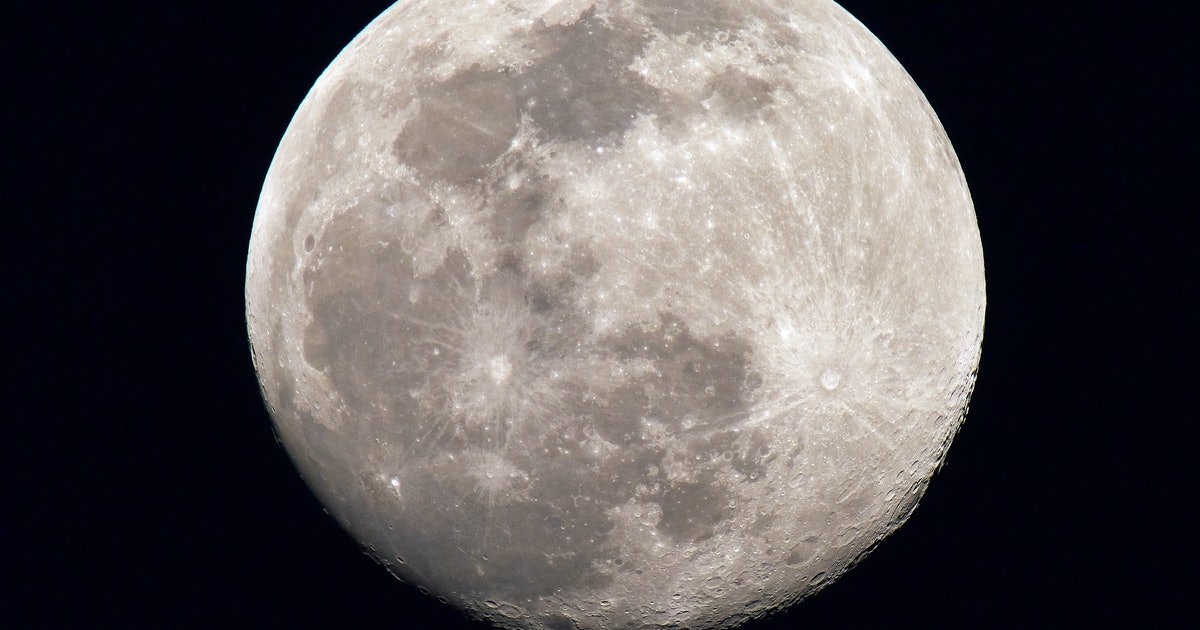
You need to see the last full Moon of winter this month
March’s Full Moon falls just two days before spring arrives in the northern hemisphere. It will probably still be frosty outside in northern parts of the United States, but the Moon is still worth a few shivers for the view.
Watch for this month’s Worm Moon on March 18. If you’re clouded out or otherwise unavailable that night, the Moon will still look nearly full if you look at the sky the night before or the night after.
What is the Worm Moon?
March’s Full Moon is most commonly called the Worm Moon, but there are a lot of spring-type names associated with this month’s Moon. Depending on the North American tribe tradition you follow, you may also call it the Crow Moon, the Crust Moon (referring to crusty, springtime snow), or the Sap or Sugar Moon (referring to the best time to harvest sap or sugar from trees).
As you can tell, the United States has a tradition of naming its Full Moons after the monikers from various Native American Tribes. These names became more widely known to non-Native Americans in the 1930s, when the Old Farmer’s Almanac began publishing weather forecasts and astronomical discussions for newer American settlers.
To be sure, different world cultures have different associations for the March Moon, so you may use another name for the Full Moon. Even the Worm Moon’s naming is very particular; NASA says that it was only the more southern United States tribes that called the March Full Moon a Worm Moon, which makes sense when you think about it. Worms can’t be active in frosty weather.
How to see the March 2022 Full Moon
The Full Moon reaches its peak brightness at 3:17 a.m. Eastern on Friday, March 18, which gives everyone a great astronomical treat at nightfall to enjoy during the weekend.
Full Moons stay above the local horizon all night, and with March’s still short days you’ll have many hours to enjoy the view. The Moon will appear nearly full the day before and the day after its official Full Moon phase, so if you’re lucky you might get a few nights of moongazing.
How much brighter is the Moon during a Full Moon?
Full Moons happen when the Moon, in its 27-day orbit around the Earth, arrives at a point in its path during where it’s directly opposite the Sun. Naturally, the Earth is in between the Sun and the Moon at this time, which can occasionally lead to a lunar eclipse. This time, however, the Sun’s light will flow around the Earth and fall upon the face of the Moon.
A Full Moon, at magnitude -12.92, is six times brighter than a Half Moon. You admittedly won’t see much else in the sky when the Moon is full. You will still spot bright stars such as Sirius (-1.46) and the various planets visible this month (such as Venus, Jupiter, and Saturn) — but the only thing outshining the Full Moon in our sky will be the Sun.
When is the next Full Moon?
The Moon’s 27-day orbit is slightly less than the length of every Gregorian calendar month, the calendar system the United States and most other countries use. This timing oddity means that sometimes we can see more than one Full Moon in a month, and more than 12 Moons in a year. Neither will happen in 2022, though.
April’s single Full Moon will still be a fun show to watch. The Pink Moon reaches its peak on Saturday, April 16 at 2:55 p.m. Eastern.
March’s Full Moon falls just two days before spring arrives in the northern hemisphere. It will probably still be frosty outside in northern parts of the United States, but the Moon is still worth a few shivers for the view. Watch for this month’s Worm Moon on March 18. If you’re clouded out or otherwise…
March’s Full Moon falls just two days before spring arrives in the northern hemisphere. It will probably still be frosty outside in northern parts of the United States, but the Moon is still worth a few shivers for the view. Watch for this month’s Worm Moon on March 18. If you’re clouded out or otherwise…